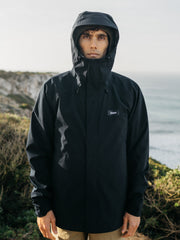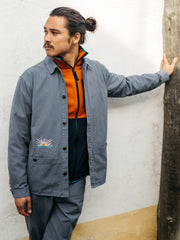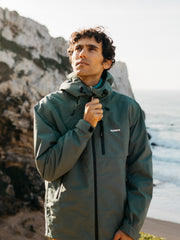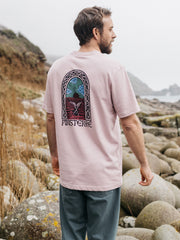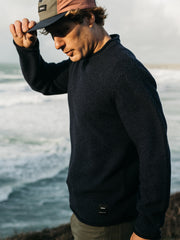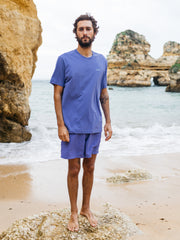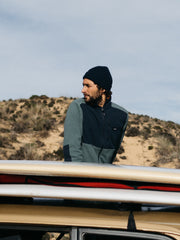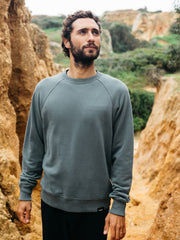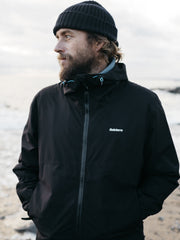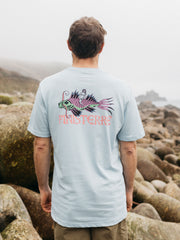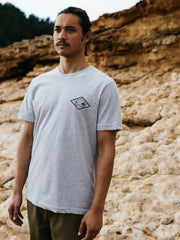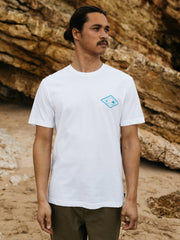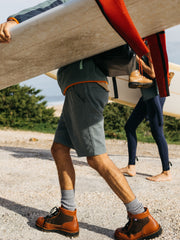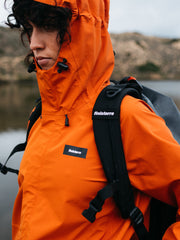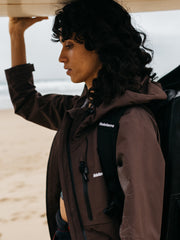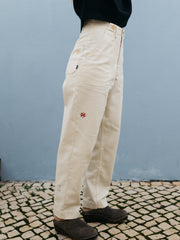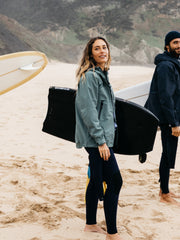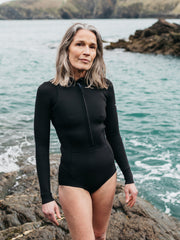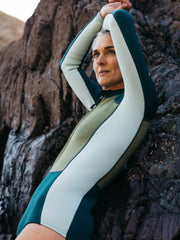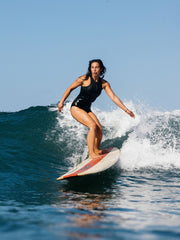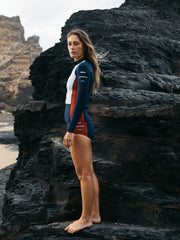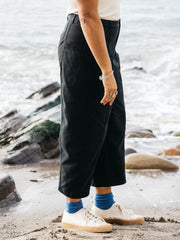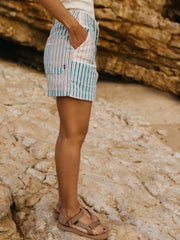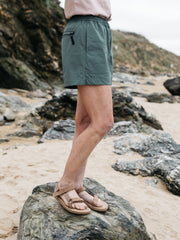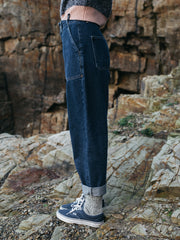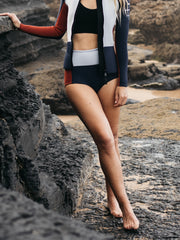Charlie Hamilton James began his career as a wildlife photographer and filmmaker at 16, working on David Attenborough’s The Trials of Life. He went on to be commissioned by National Geographic Magazine, the BBC and other illustrious publications. But through it all, one animal has captivated, and continues to capture his attention above all others. Below Charlie talks on his enduring love of Otters, one of Britain’s most elusive aquatic creatures.
An Otter Obsession
16.05.22
3 min read
Words & Images by Charlie Hamilton James
I was just sixteen when I first visited Shetland. I had spent a year saving money from my washing up job in a restaurant, all so I could go and get blasted by wind and rain on a remote beach in the farthest reaches of the UK. I was a weird teenager. I dreamed of remote windswept beaches, I enjoyed being cold and wet, I craved the solitude I could find with nature… and I was obsessed with otters.
Shetland, not ‘the Shetlands’ as it is often known, is a group of a hundred or so islands a couple of hundred miles northeast of Aberdeen. They are Britain’s most northern outpost and, to me, the most beautiful place on earth. Otters, reputedly brought to Shetland by the Vikings, haunt the barren, rugged coastlines and the more gentle fiord like inlets known as Voes. They are river otters, the same as those that inhabit much of the U.K, but they spend their lives living and hunting in the sea. Shetland has perhaps more otters than anywhere else in Europe and so it was the perfect place to try and photograph them as a teenager.
Of course, all my photos back then were awful, but that never really put me off and I soon progressed from photographing the otters eating fish on the shoreline, to trying to photograph them underwater. Back then, in the late eighties and early nineties, nobody had ever photographed wild otters underwater. It was a very difficult task, which involved weeks of trudging along the coast wearing a drysuit, which was far too small for me, a heavy weight belt and a camera. When I saw an otter fishing offshore, I’d swim out to it and try to get close enough to grab a shot of it, but more often than not, the otter would spot me before I was close enough and vanish into the murky sea. I got a few shots but nothing good. My camera was my Dad’s old Nikon in an underwater housing which was essentially a plastic bag.
Thirty years later, I am still trying. I spent September and October of 2021 on the beach, clad in my wetsuit, armed with a camera, trying to grab shots of otters underwater. It was bitterly cold but enormous fun. I have developed numerous techniques over the years of approaching otters without disturbing them, in order to get close enough to make, finally, some decent images. I have worked with hundreds of different otters, some of which are incredibly timid and others who don’t seem to be that bothered by my presence. It is extraordinarily difficult though.
Otters move very fast, they never seem to stop, except to sleep and when they are hunting, which is what I am always trying to photograph them doing, they swim at speeds, far faster than I can fin. They have some giveaways though, which makes finding them at eye level in the water possible. Firstly, they fish in shallow water, anything from two inches to twenty feet; in short dives, usually no more than thirty seconds. This means that they have to pop up for air regularly, which allows me, in the water, to keep track on them and make the approach. Secondly, their dense fur, which is made up of coarse outer guard hairs and then incredibly fine hairs closer to the skin, traps a layer of air as they dive. This makes them look alsmot silver sometimes, but more importantly leaves a bubble trail in their wake, which is usually the first thing you see when approaching them underwater – follow the bubble trail and find the otter.
Otters don’t tend to hunt fish out in the open, they hunt in the kelp and bladderwrack beds, rooting them out of nooks and crannies. It’s all very close and fast fishing as they nose through the weeds, relying on their whiskers to sense the movement of fleeing fish, which they then grab with incredible speed and efficiency. This means that when they are fishing they are often very focused and it’s possible to get very close to them, without them realising you’re there.
Occasionally, a really inquisitive otter will come and inspect me, swim around me trying to work out what I am – I mean there aren’t many humans swimming around in the sea off Shetland. Most otters, after their inspection, hit the gas and vanish into the kelp; but just occasionally one just carries on doing its thing and that gives me the opportunity to work with it – always carefully and always judging its behaviour and disturbance level.
I will always return to Shetland and its otters. I’ve been up there three times in the last year. I spent January there – it was brutal. The days are very short – light at nine and dark at three. The wind blows incessantly and the rain, hail and snow, make taking relaxing stroll often impossible. But wrapped up warm on the beach, following an otter is just about as close to heaven as you can get in my opinion.


